Gagosian brings a taste of Casa Malaparte to London
London's Gagosian Gallery presents a collection of furniture reproductions from Casa Malaparte, Curzio Malaparte's legendary villa perched atop a promontory on the island of Capri
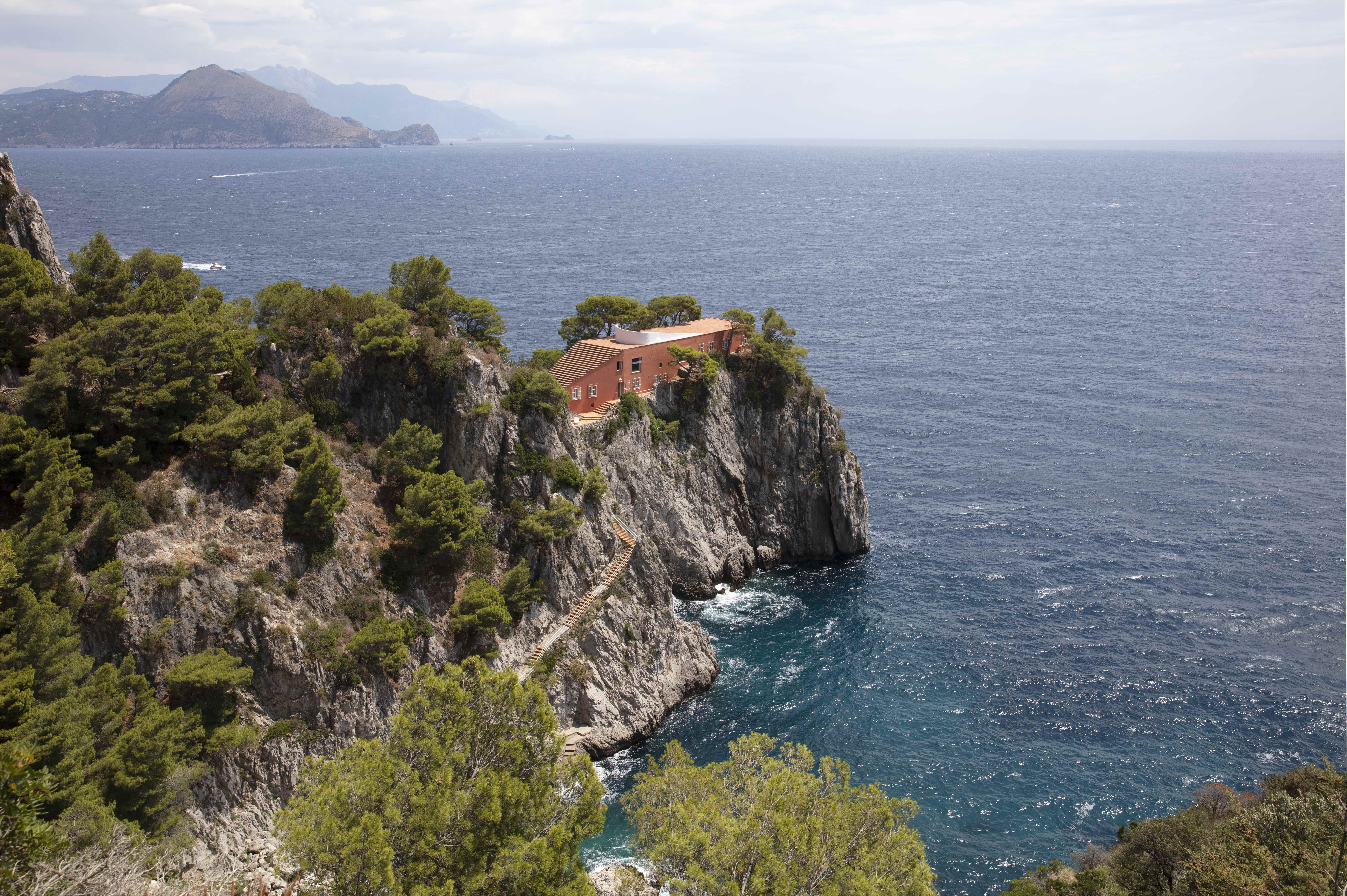
Perched atop a limestone promontory jutting out into the Tyrrhenian sea, Casa Malaparte on the island of Capri is regarded as one of the most spectacular houses in the world. Its enigmatic design was dreamt up in the 1930s by the Italian writer, film-maker, war correspondent and controversialist Curzio Malaparte, who built the house on a plot of land he bought in 1937, following his five-year internal exile at the hands of Mussolini.
Malaparte, who was an active participant in the avant-garde artistic and literary circles of his time, was known for facilitating between religious and political extremes and was said to refer to the house as ‘casa come me', meaning a house like me.
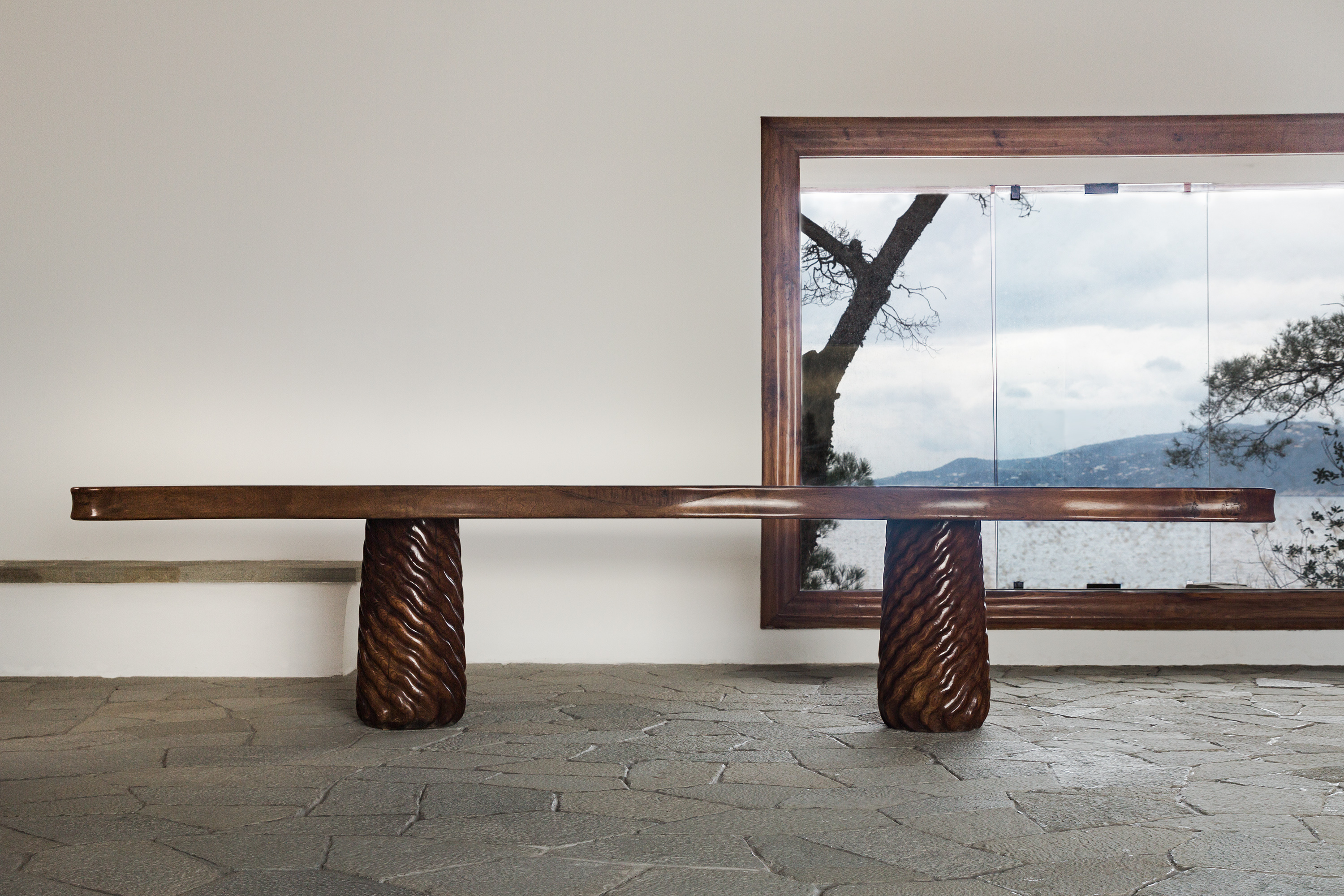
Original walnut and pine table conceived by Curzio Malaparte, in situ at Casa Malaparte, Capri.
His design for Casa Malaparte, which blends classical and modernist influences, is dominated by a tapering exterior staircase that leads to a roof deck where a curving white windbreak arcs across the terrace.
To date, the easiest way of experiencing this architectural gem for most has been through Jean Luc Godard's 1963 film Contempt, in which it was prominently featured. However a new exhibition at Gagosian's Mayfair gallery brings London residents one step closer to the real thing. Malaparte’s youngest descendant and current owner of the house, Tommaso Rositani Suckert, has created a transportive exhibition that sees the Davies Street Gallery adapted to resemble the Casa's main room – a spartan stone-floored living room with breathtaking sea views. 'The salone, where the original pieces are located, is the “heart” of Casa Malaparte, and the most intense space in the house,' explains Rositani Suckert. ‘The large windows on each side of the room create a light which continuously changes and adds movement and shadow throughout the day.'
In Mayfair, the sea views are captured in a spectacular image taken by Thomas Lannes which can be seen through the gallery's Davies Street windows. The image has the same dimensions as the window in the Casa's living room and is intended to recreate the sensation of being in the house.
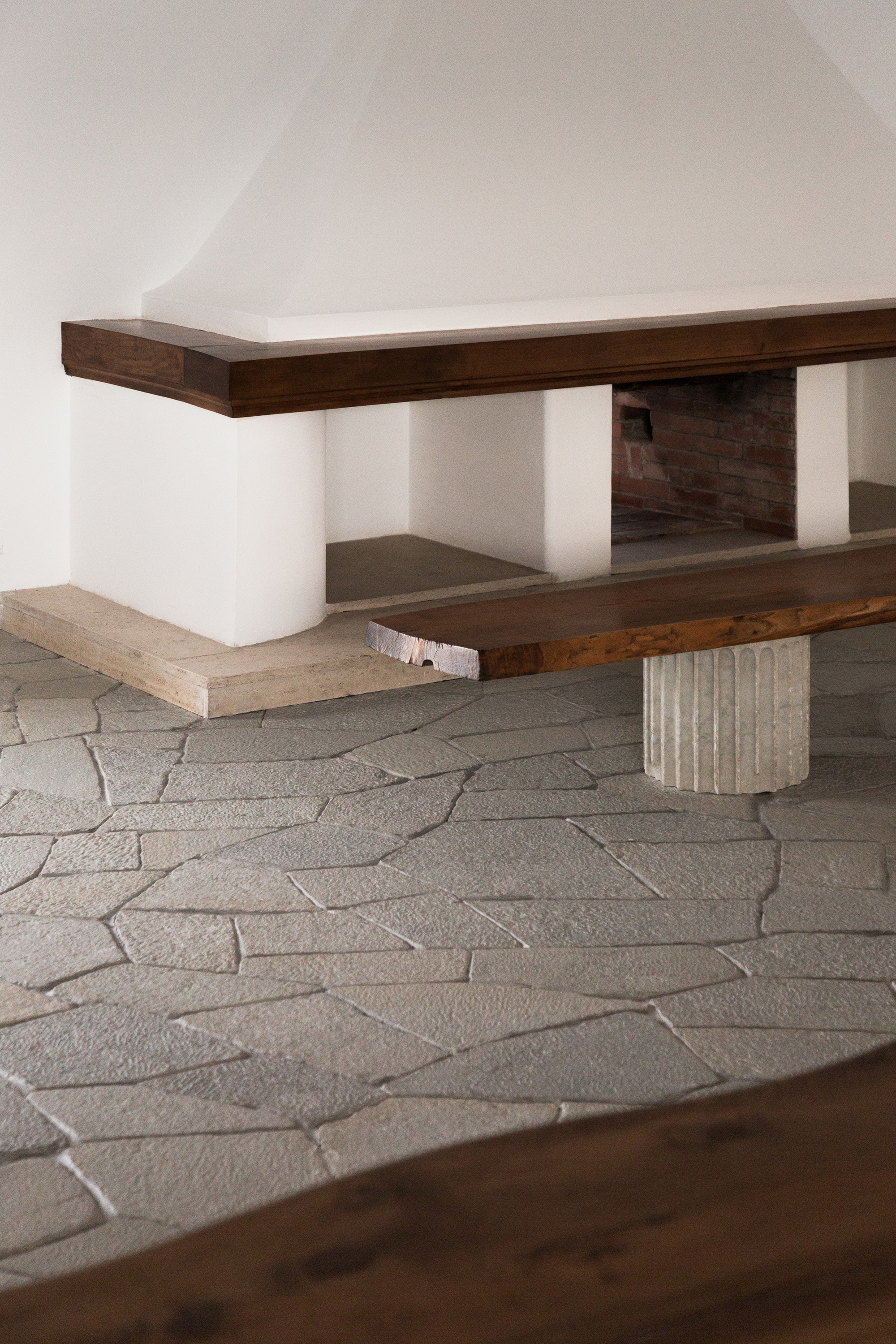
Walnut and carrara marble bench by Curzio Malaparte, in situ at Casa Malaparte, Capri.
Within this set, Rositani Suckert has recreated an edition of three of the Salone's most important furniture pieces – a bench, table, and console with thick, sensual walnut tops and wide cylindrical legs sculpted in Italian pine, Carrara white marble, and travertine.
‘Much of my youth was spent amongst the pieces, but it was not until I matured and was surrounded by friends and guests of the house, many of whom are great artists and architects, that I truly came to feel and understand their importance,' says Rositani Suckert. ‘Our goal throughout the process has been to develop modern recreations of the pieces, while paying respects to the essence and spirit of Casa Malaparte.'
All originally designed by Malaparte and made by local craftsmen, the reproductions are also crafted in Italy using locally-sourced materials. Each piece has been produced in an edition of twelve, plus two artist’s proofs.
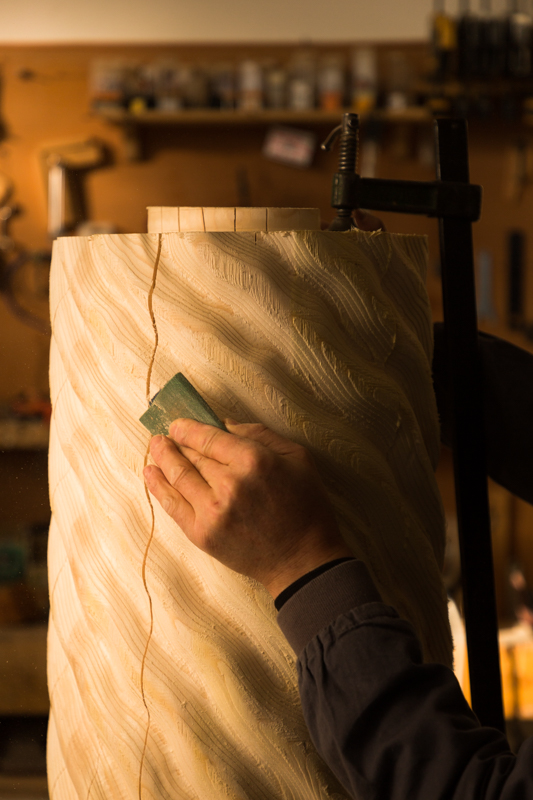
Production of the editions of Casa Malaparte furniture
In addition, a series of Baroque-styled porcelain pieces formerly owned by Malaparte, who had a passion for Meissen ceramics and Baccarat glasses, will be on show. These include floral-studded mirrors, candelabras and freestanding sculptures that were collected by Malaparte on his travels. They were originally displayed in the 'favorita' bedroom but in 1963, Jean-Luc Godard moved them to the salone to use them as part of the scenography for his film.
‘It’s absolutely perfect,' enthuses Rositani Suckert ahead of the opening. ‘The frame of the window is made from the exact Italian walnut used in the construction of the pieces. As you enter the space, you can feel the dialogue between the pieces, and you experience the quality of the Italian manufacturing and how solid and powerful the pieces are. The Gagosian team did a beautiful job in creating a harmony between them, which brings the visitor into another world.'
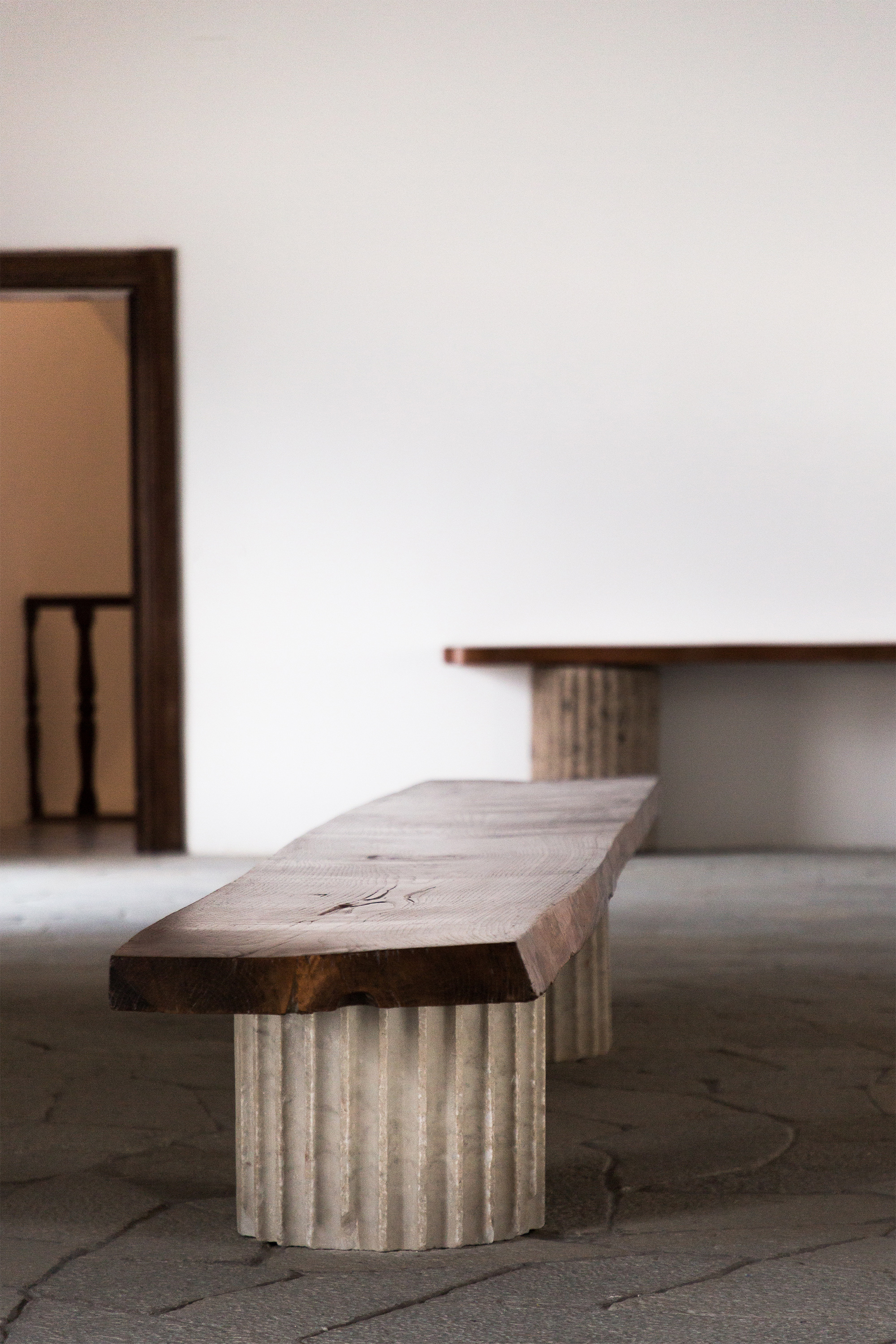
Original Walnut And Carrara Marble Bench Conceived By Curzio Malaparte In Situ At Casa Malaparte Capri
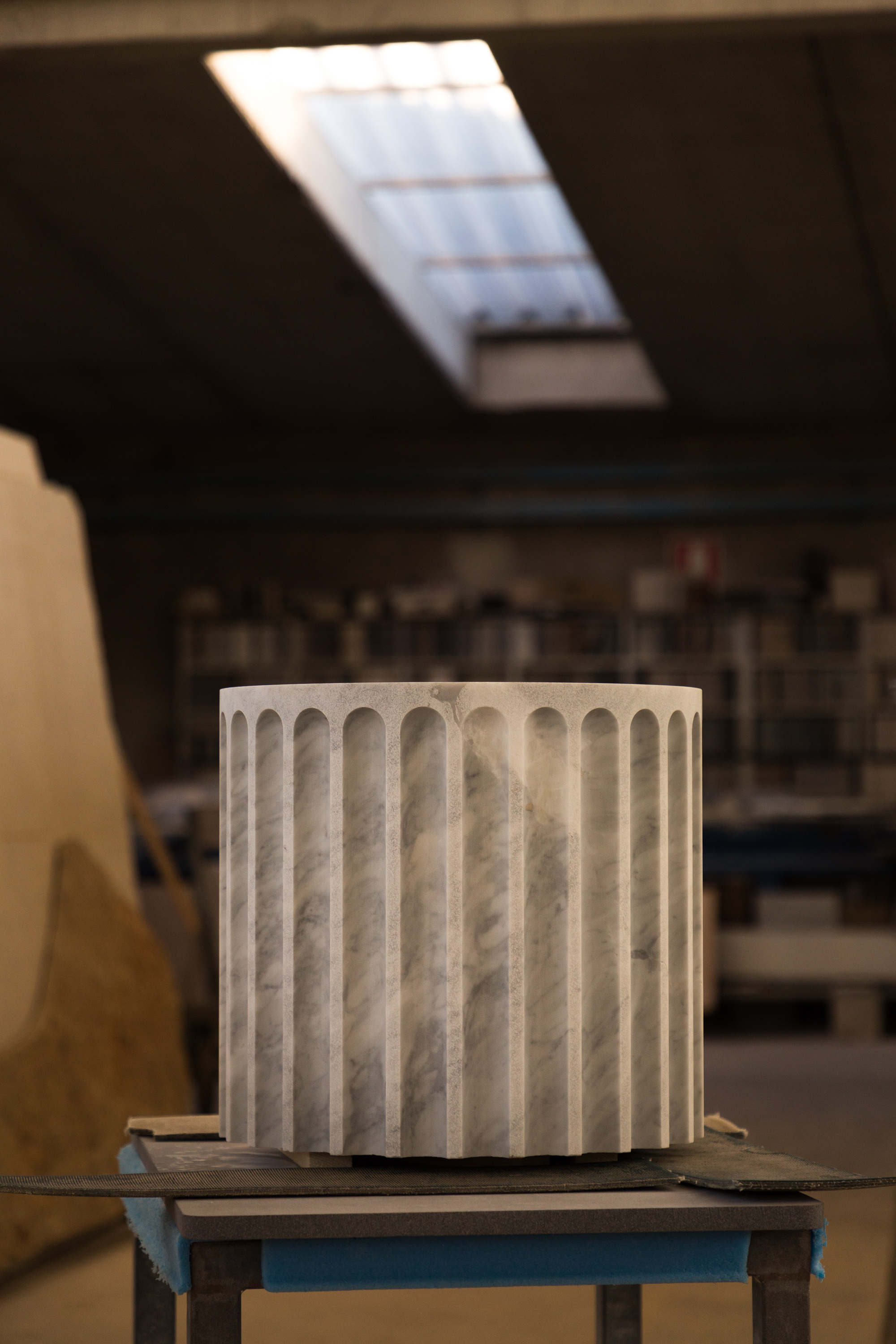
Production Of The Editions Of The Casa Malaparte Furniture
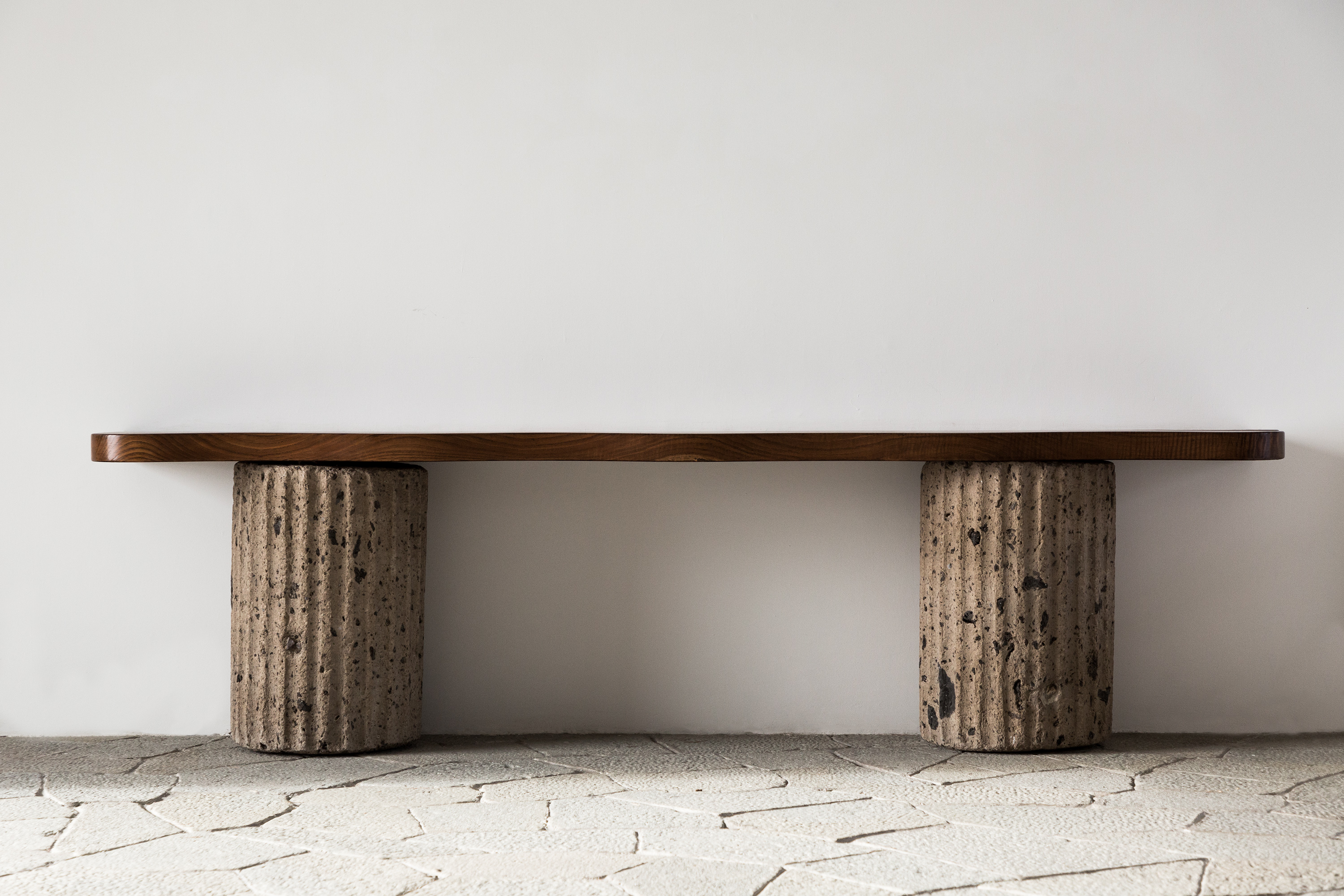
Original Walnut And Tuff Console Conceived By Curzio Malaparte In Situ At Casa Malaparte Capri.
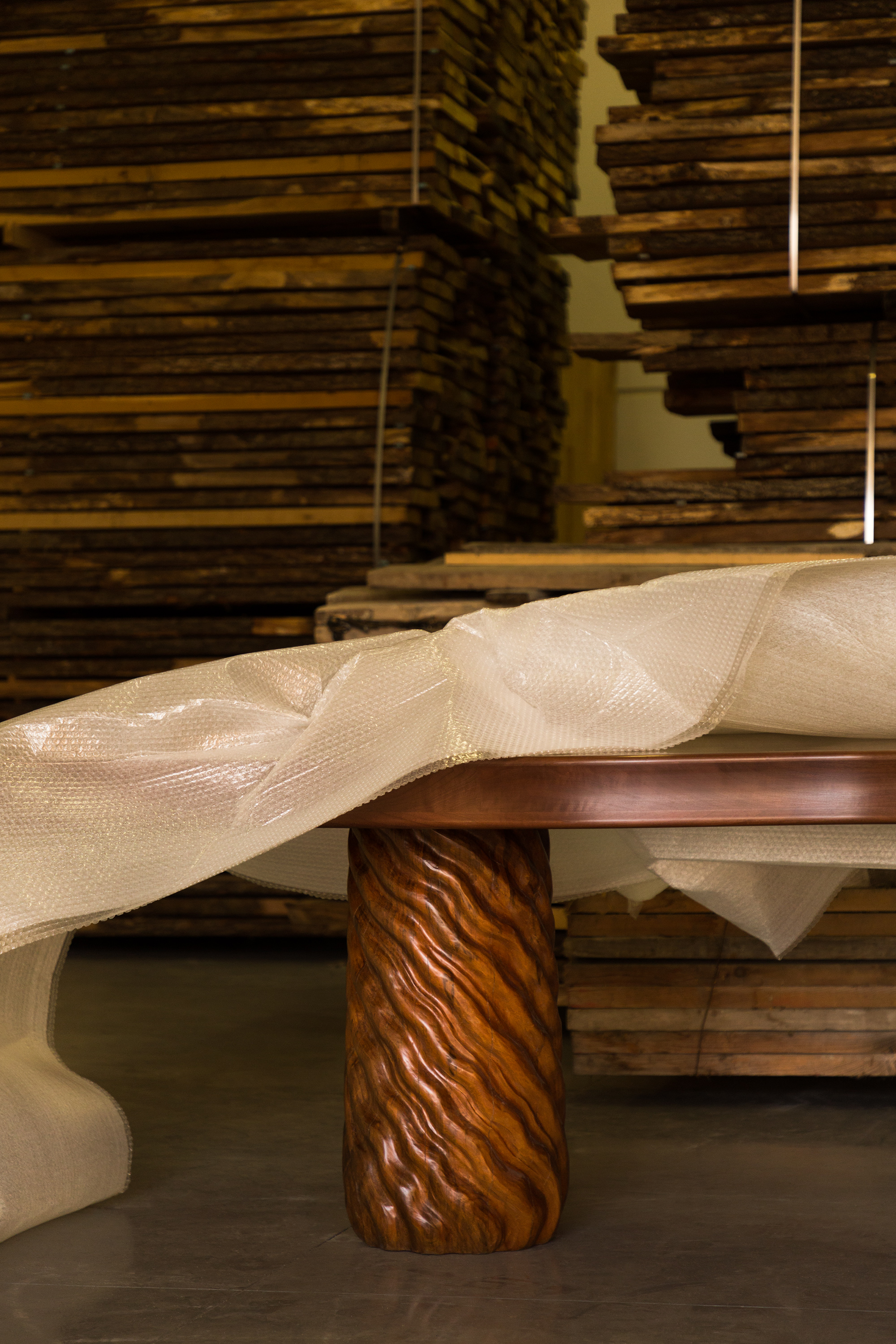
Production Of The Editions Of The Casa Malaparte Furniture
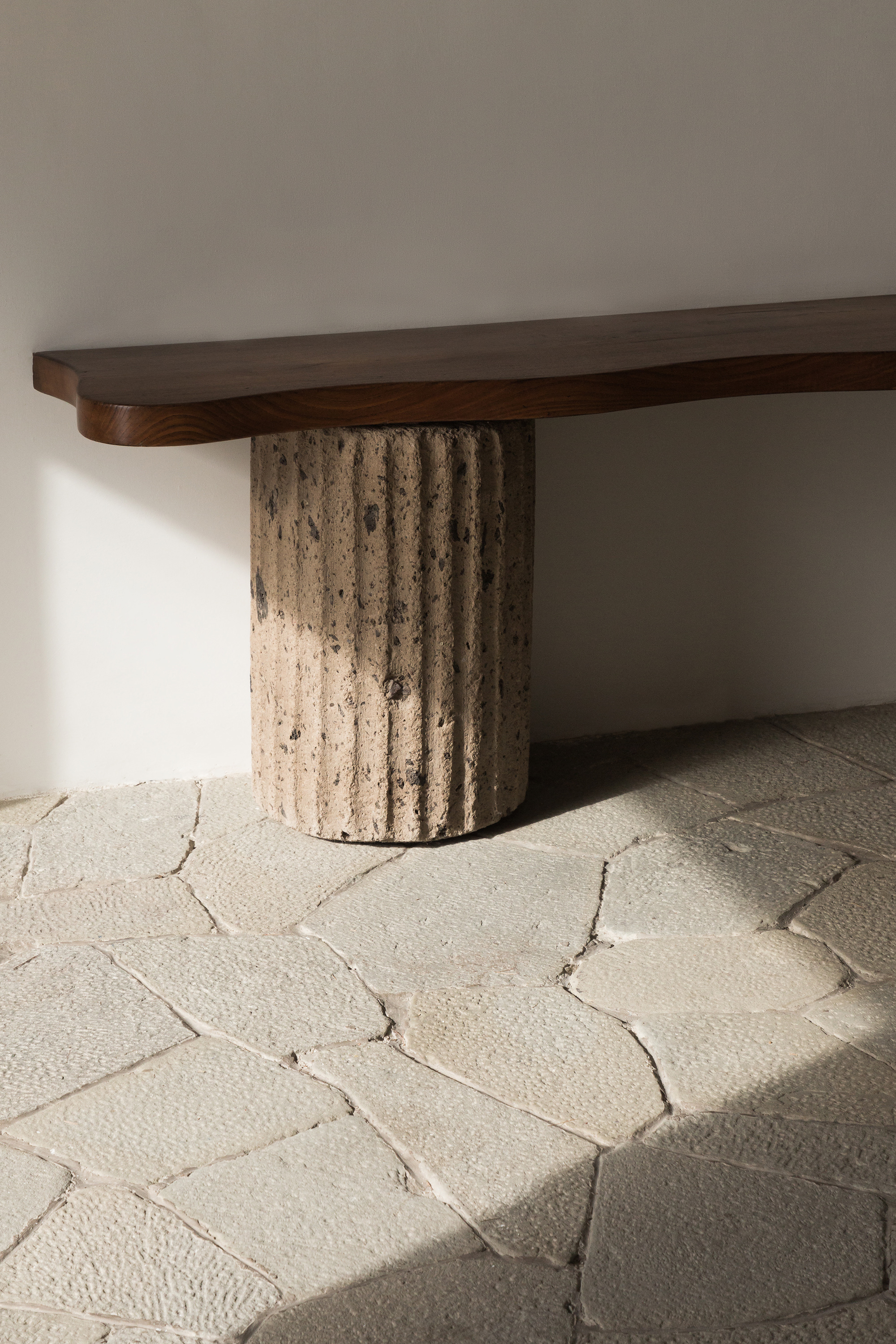
A Walnut And Tuff Console.
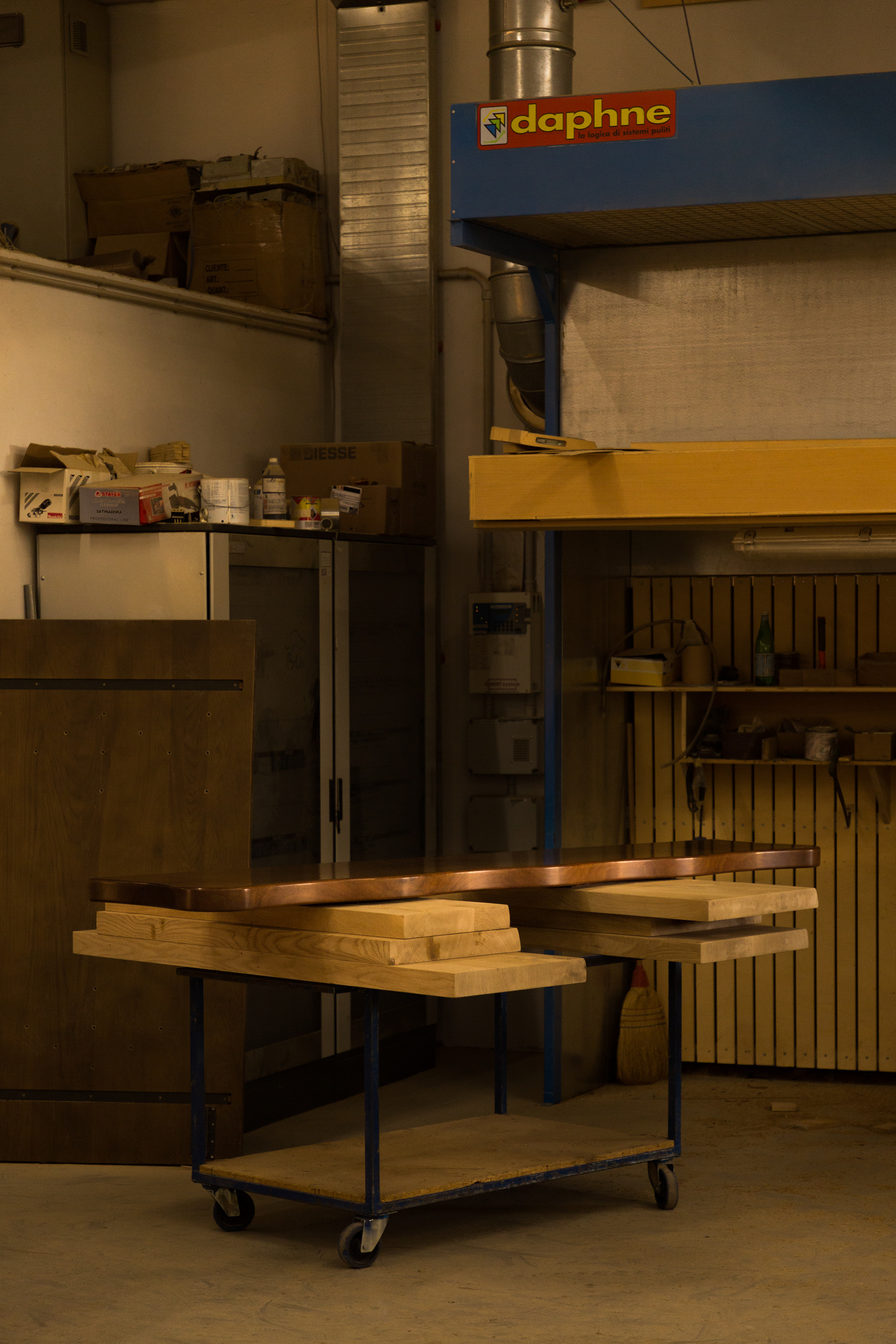
A walnut table top from Casa Malaparte furniture at the workshop
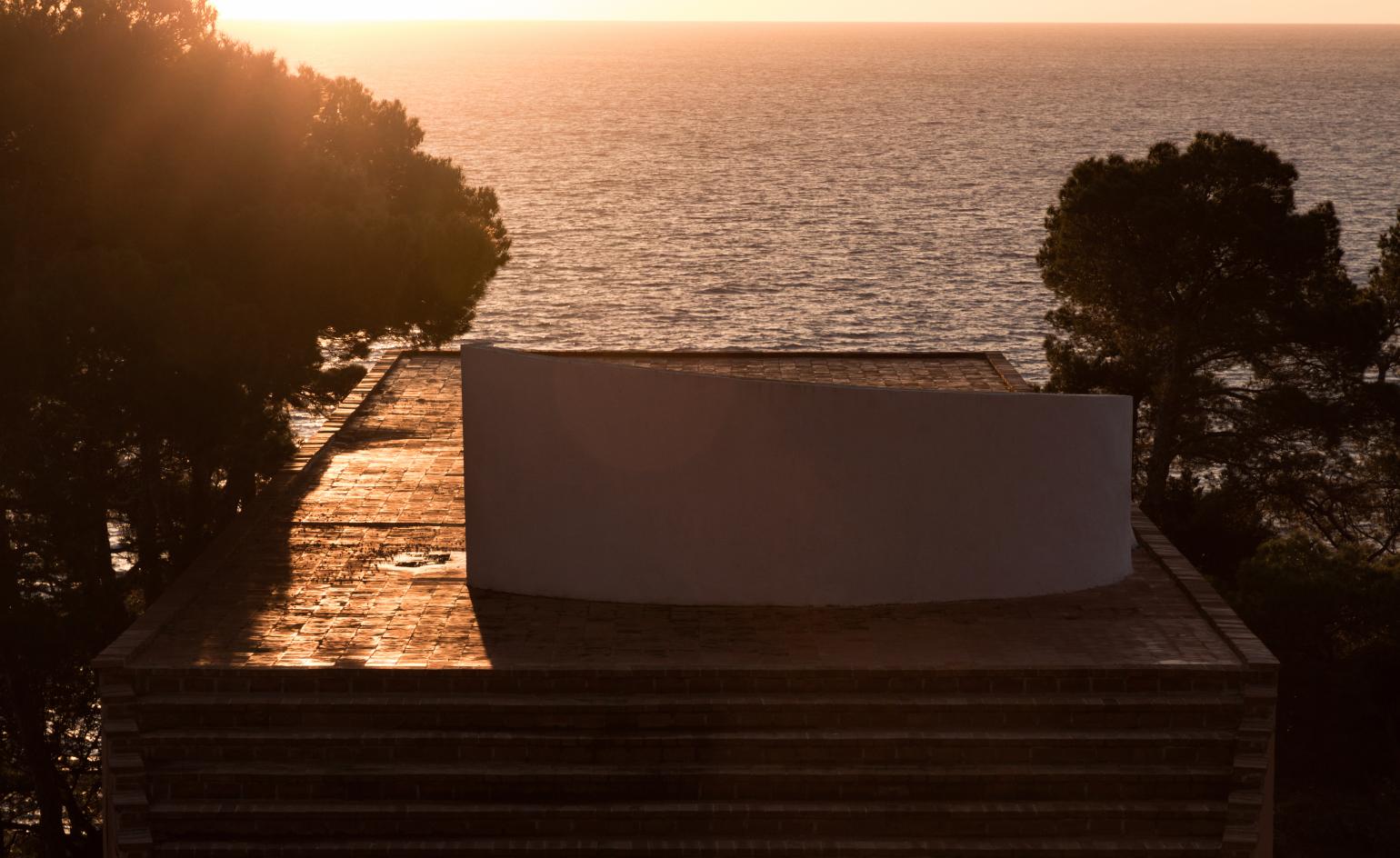
A view of Casa Malaparte’s roof deck
INFORMATION
‘Casa Malaparte Furniture’ is on view until 19 September at Gagosian Mayfair.
Receive our daily digest of inspiration, escapism and design stories from around the world direct to your inbox.
ADDRESS
17–19 Davies Street London W1K 3DE
Ali Morris is a UK-based editor, writer and creative consultant specialising in design, interiors and architecture. In her 16 years as a design writer, Ali has travelled the world, crafting articles about creative projects, products, places and people for titles such as Dezeen, Wallpaper* and Kinfolk.
-
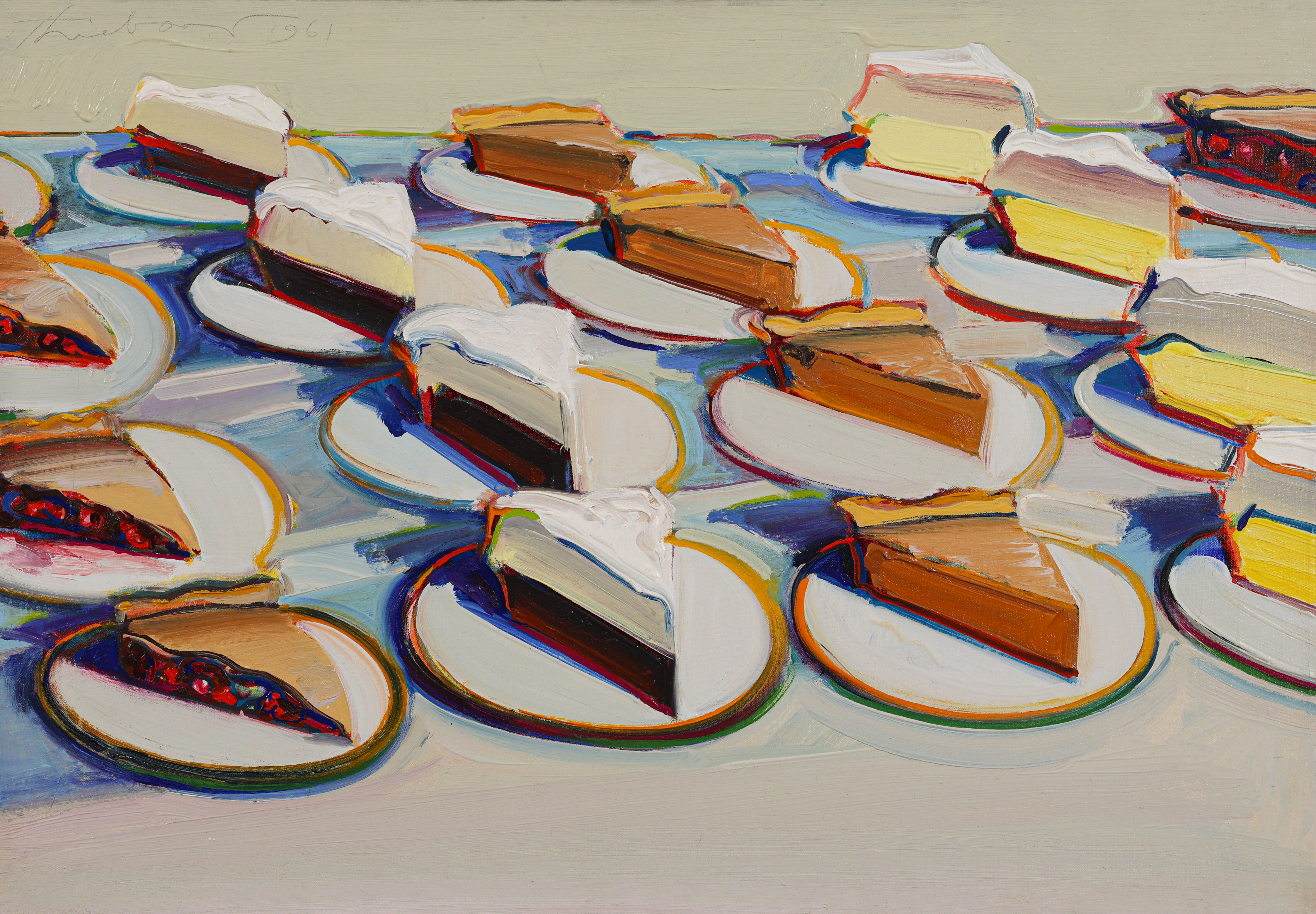 Why are Wayne Thiebaud’s paintings at the Courtauld quite so tempting?
Why are Wayne Thiebaud’s paintings at the Courtauld quite so tempting?The American artist’s thickly painted slices of cake at the Courtauld are some of our favourite artworks seen this year. What makes them so special?
-
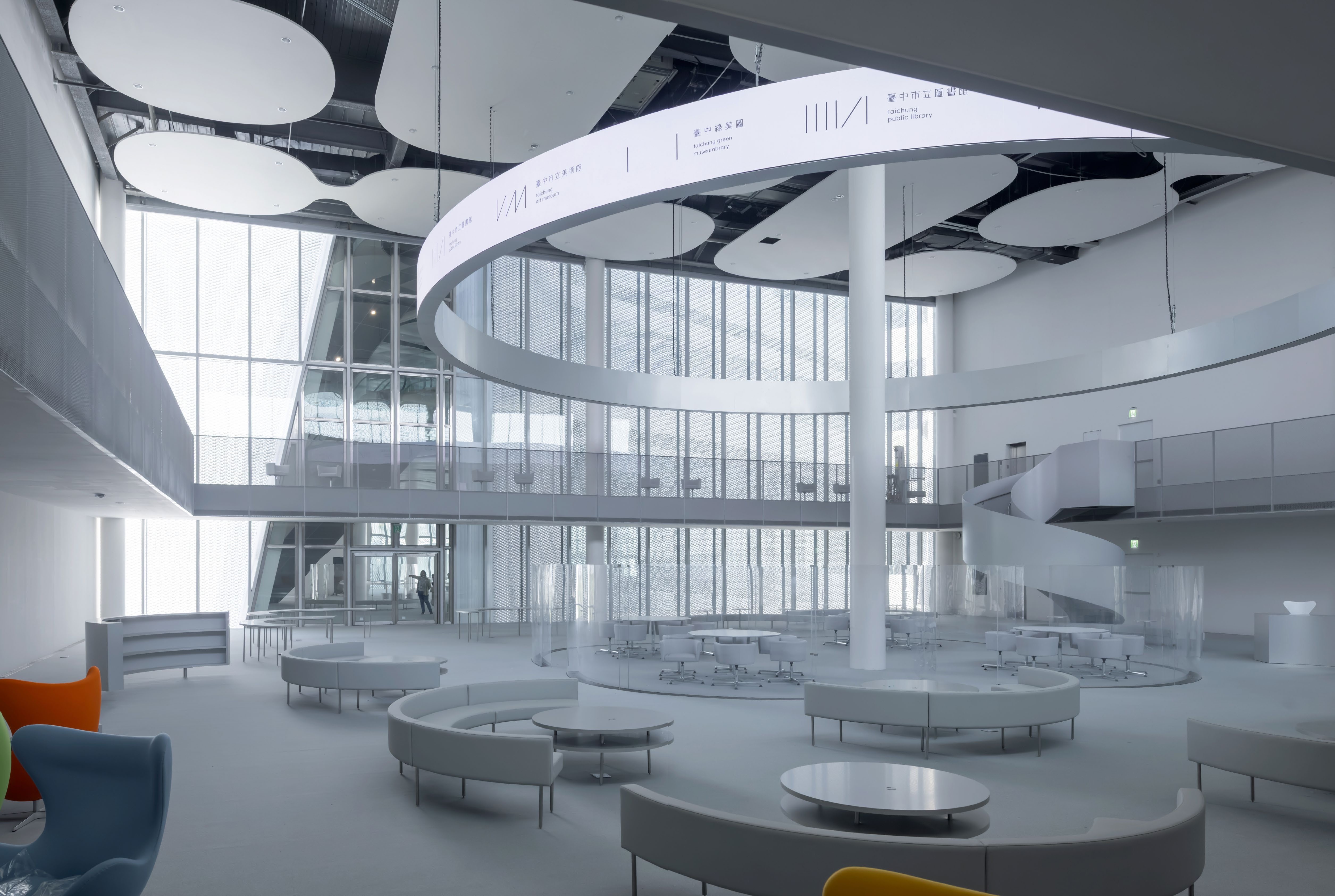 Taiwan’s new ‘museumbrary’ is a paradigm-shifting, cube-shaped cultural hub
Taiwan’s new ‘museumbrary’ is a paradigm-shifting, cube-shaped cultural hubPart museum, part library, the SANAA-designed Taichung Green Museumbrary contains a world of sweeping curves and flowing possibilities, immersed in a natural setting
-
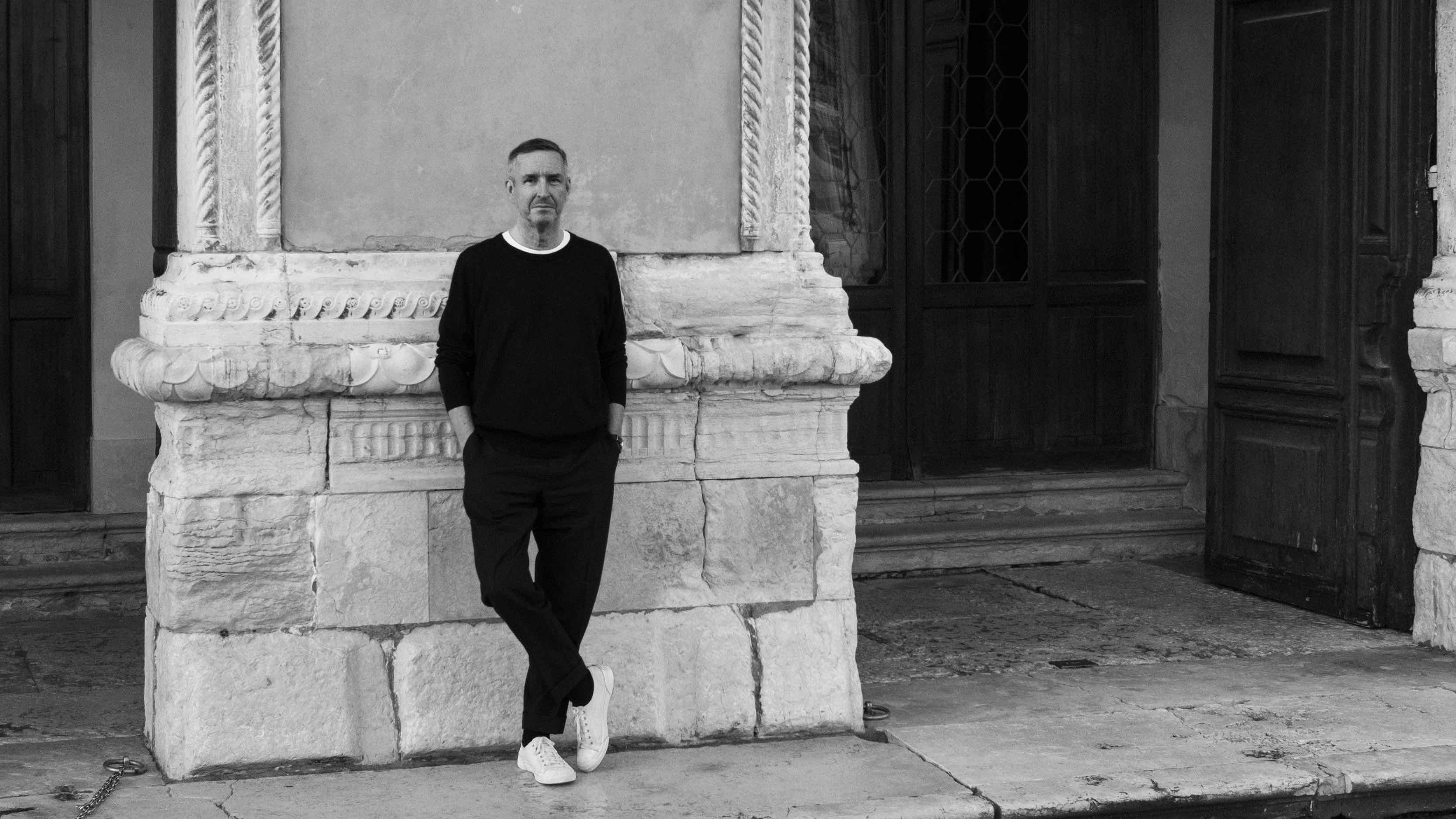 Dries van Noten on why he's building a new home for craft in Venice
Dries van Noten on why he's building a new home for craft in VeniceA year after departing the runway, Dries van Noten unveils his next chapter: the Fondazione Dries Van Noten, a newly announced cultural initiative in Venice celebrating craft in all its forms. Wallpaper meets the designer to find out why he’s not ready to retire.
-
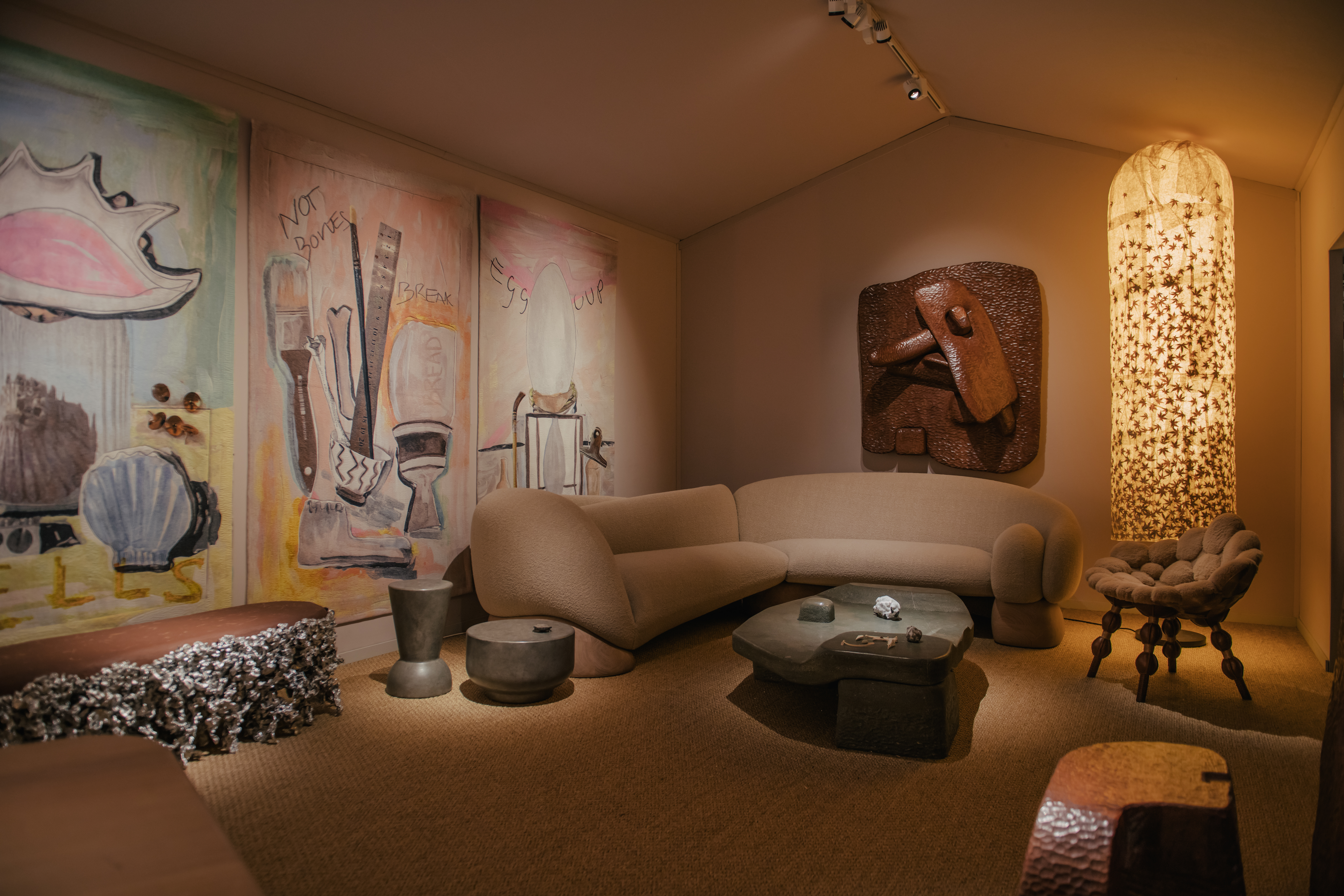 Step inside Faye Toogood's intimate cabinet of curiosities at PAD London
Step inside Faye Toogood's intimate cabinet of curiosities at PAD LondonFor PAD London 2025, (until 19 October) Faye Toogood presents The Magpie’s Nest with Friedman Benda
-
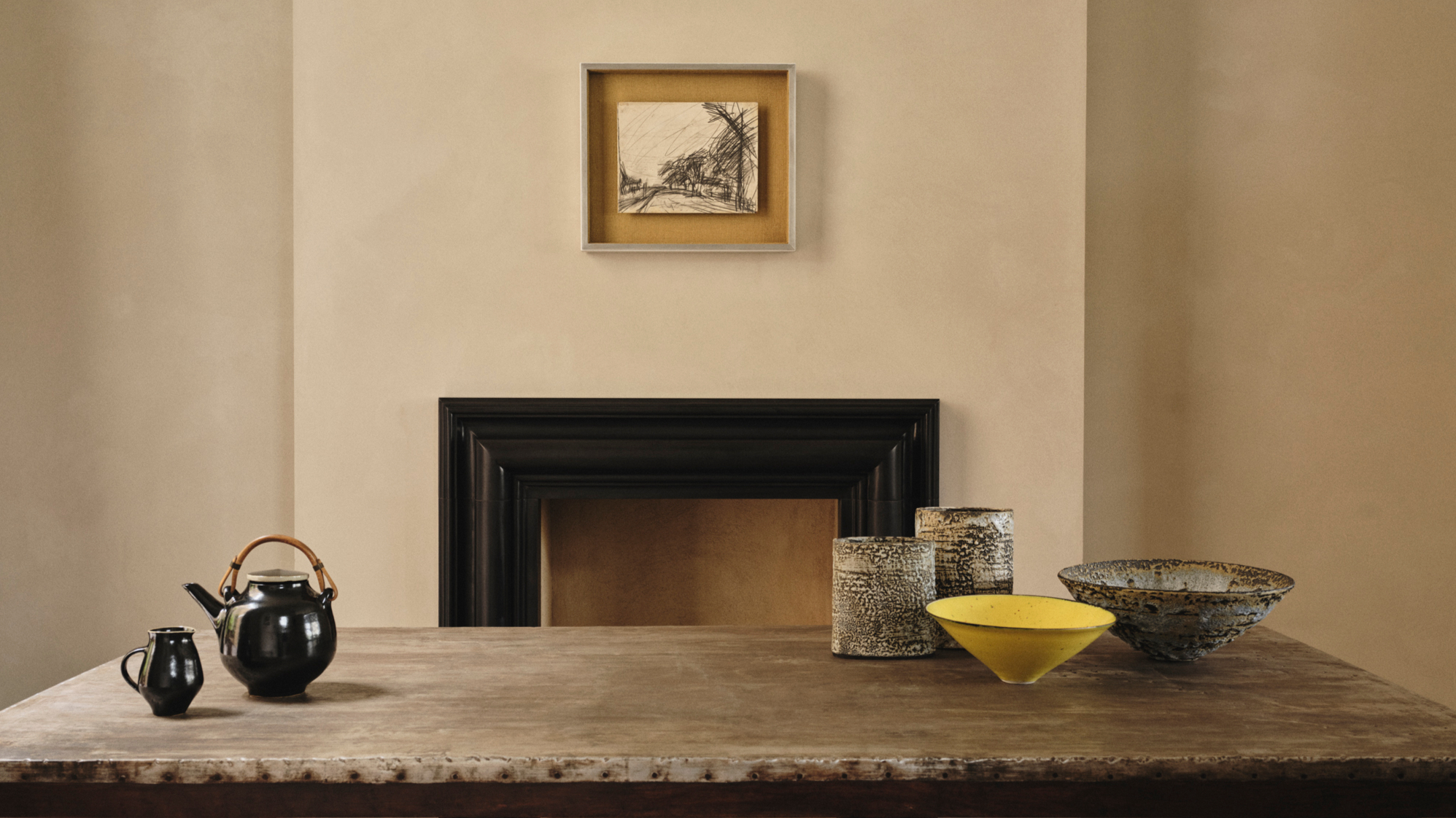 Rajan Bijlani opens his Primrose Hill home for ‘Electric Kiln’
Rajan Bijlani opens his Primrose Hill home for ‘Electric Kiln’In his London home – once the studio of ceramicist Emmanuel Cooper – Rajan Bijlani stages ‘Electric Kiln’, uniting Frank Auerbach, Lucie Rie and Cooper in an intimate reflection on the creative spirit of postwar London
-
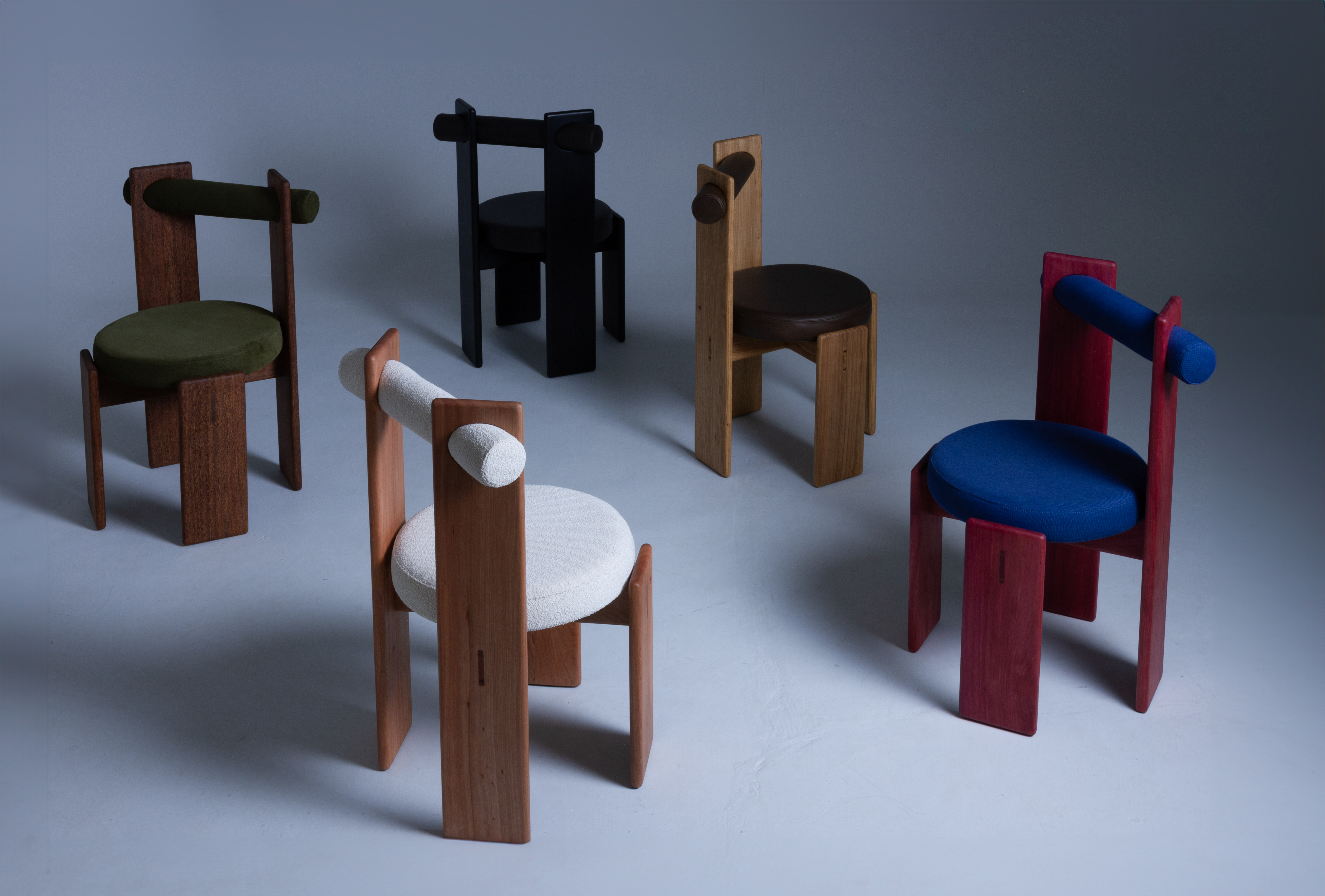 These are the design exhibitions to see in London during Frieze Week
These are the design exhibitions to see in London during Frieze WeekWe round up the best design events happening in London in conjunction with Frieze Week 2025: discover collectible design and craft across the city
-
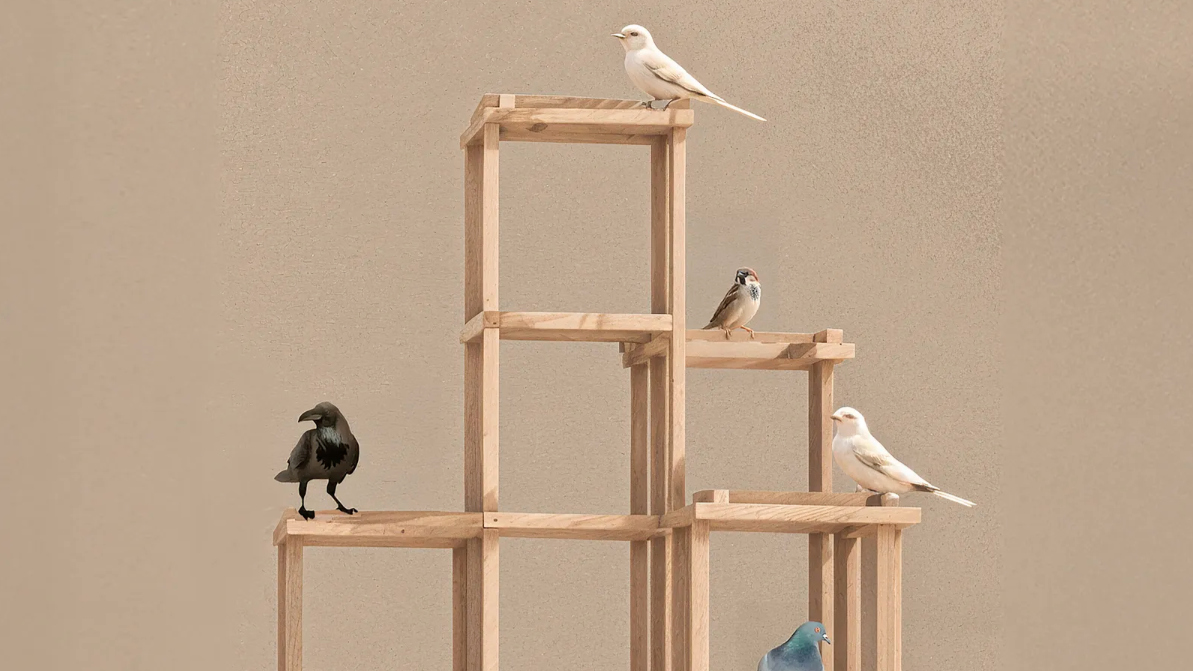 Norman Foster and nine other architects design birdhouses for charity – you can bid
Norman Foster and nine other architects design birdhouses for charity – you can bid‘Architects for the Birds’ is spearheaded by Norman Foster and the Tessa Jowell Foundation to raise funds to improve treatment for brain cancer. Ten architect-designed birdhouses will go up for auction
-
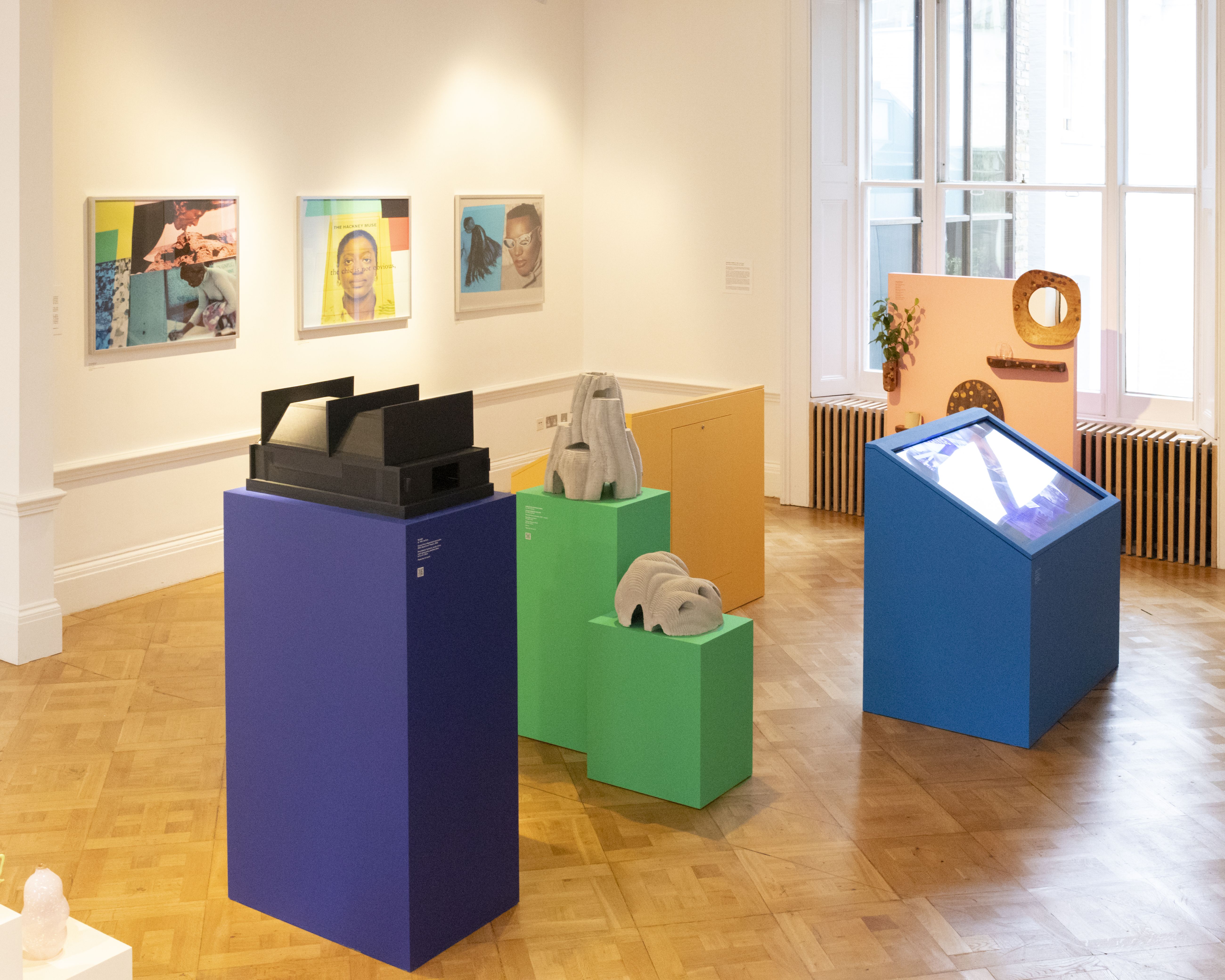 The David Collins Foundation celebrates creativity in all its forms at London Design Festival
The David Collins Foundation celebrates creativity in all its forms at London Design FestivalThe David Collins Foundation presents ‘Convergence’ at the Lavery during London Design Festival 2025 (on view until 19 September), featuring works from the Arts Foundation’s annual Futures Awards
-
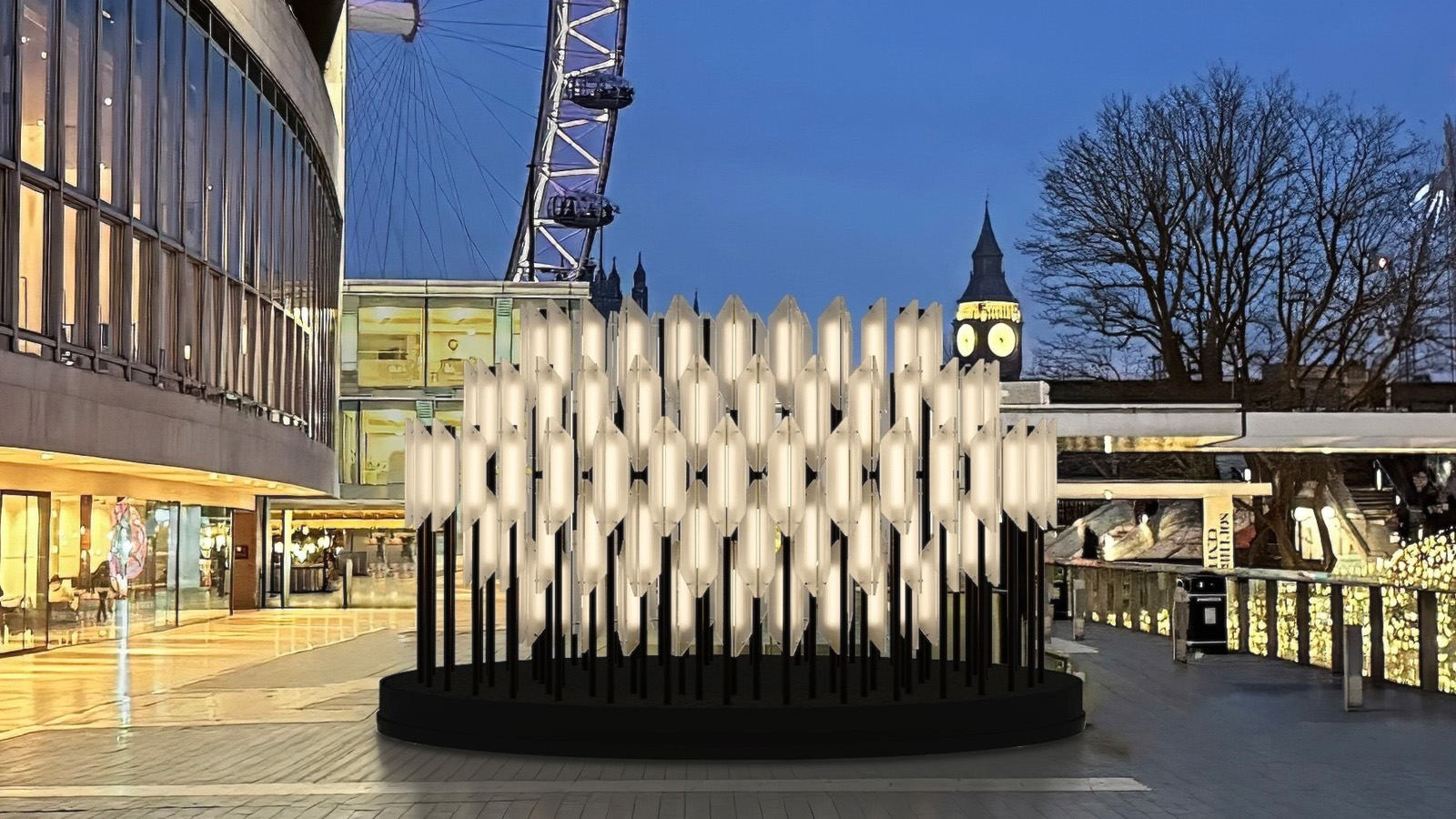 Lee Broom’s brutalist-inspired ‘Beacon’ will light up London as Big Ben strikes the hour
Lee Broom’s brutalist-inspired ‘Beacon’ will light up London as Big Ben strikes the hourSet to pulse through London Design Festival 2025 (13-22 September) and beyond, the British industrial designer’s sculptural light installation on the South Bank draws on its surroundings
-
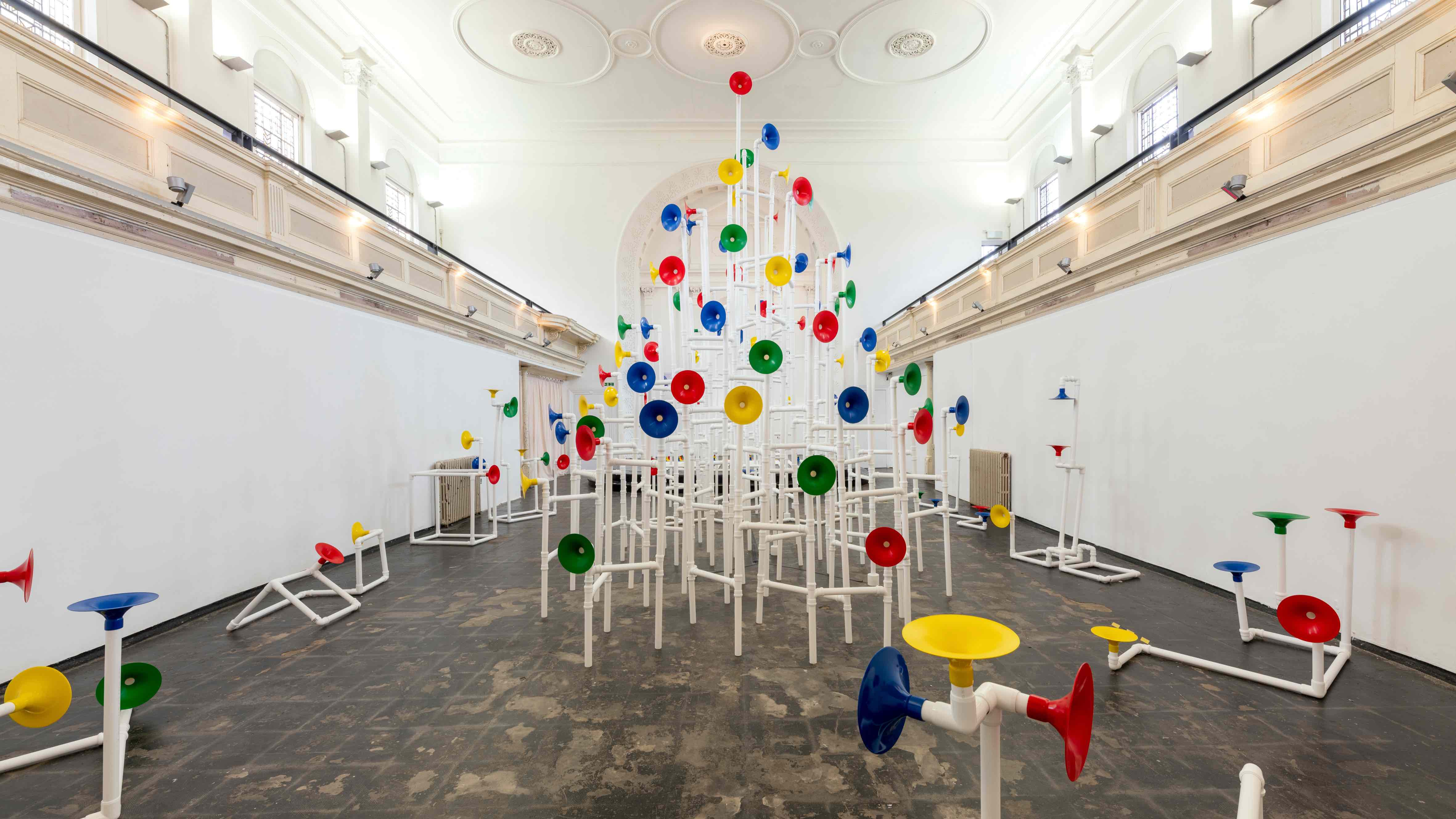 Yuri Suzuki turns sound into architecture at Camden Arts Projects
Yuri Suzuki turns sound into architecture at Camden Arts ProjectsThe sound designer unveils ‘Utooto’, an interactive installation at London’s Camden Arts Projects (until 5 October 2025), in which visitors collaboratively build a sonic piece of architecture
-
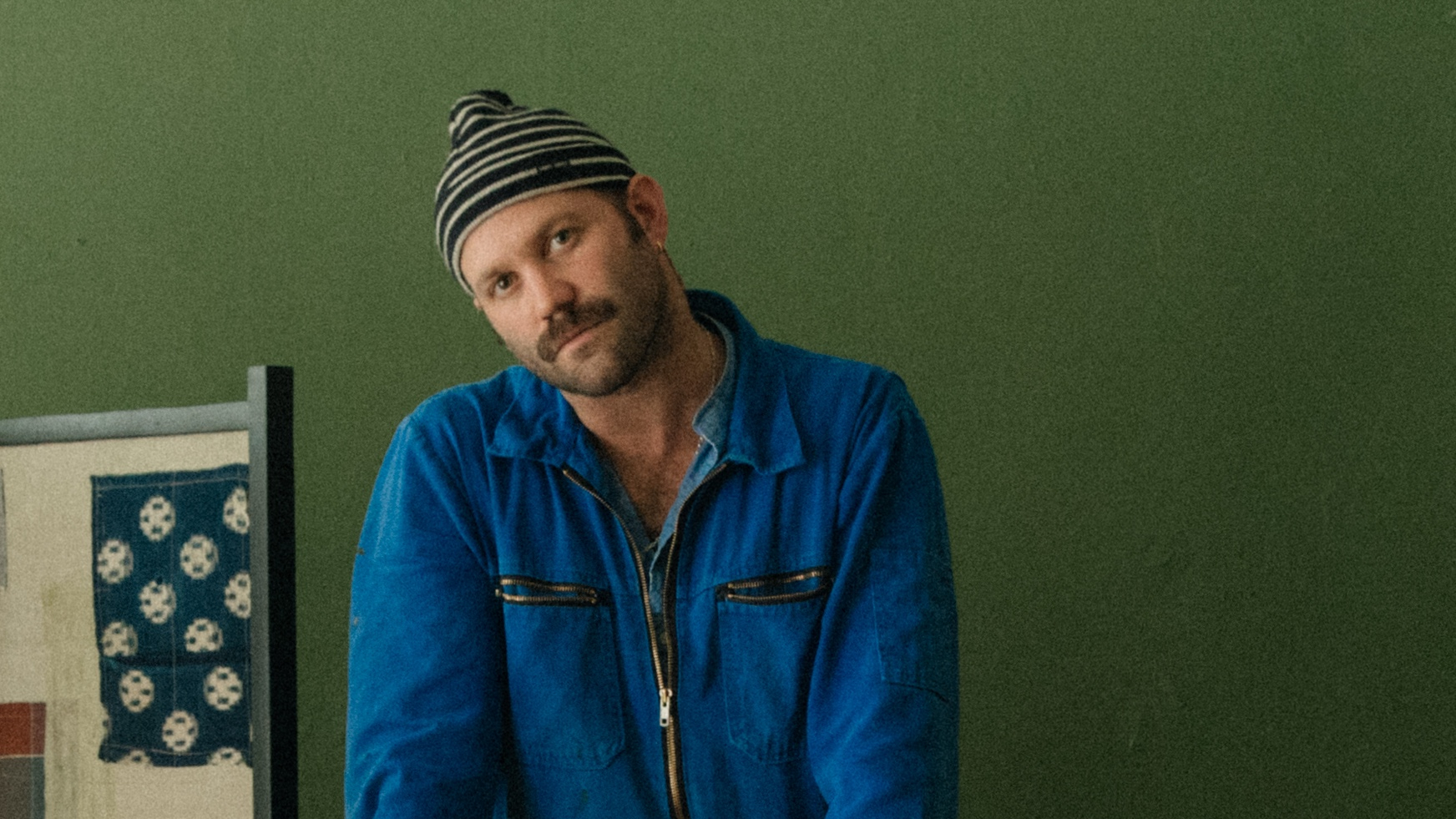 Alex Tieghi-Walker unveils his plans for Brompton Design District 2025
Alex Tieghi-Walker unveils his plans for Brompton Design District 2025Ahead of London Design Festival 2025, we catch up with New York gallerist Alex Tieghi-Walker about his appointment as curator of the Brompton Design District programme